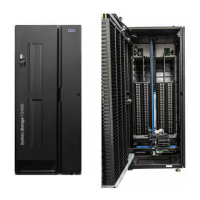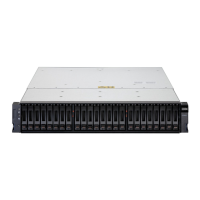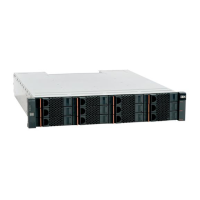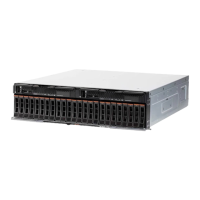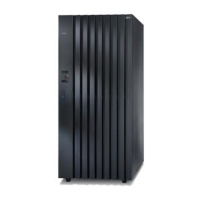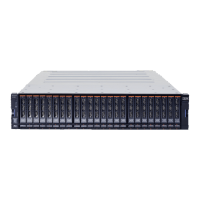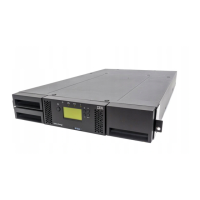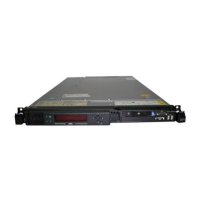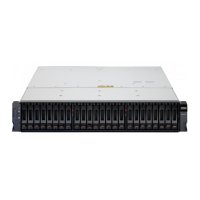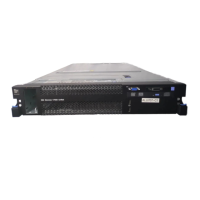Chapter 18. Boot from SAN 263
Mass deployment of boot images requires Automated Deployment Services (ADS):
Windows does not support mass distribution of boot images. Although cloning of boot
images can help here, Windows does not have the tools for distribution of these images. In
enterprise configurations, however, Windows ADS can help.
Lack of standardized assignment of LUN 0 to controller: Certain vendors’ storage
adapters automatically assign logical unit numbers (LUNs). Others require that the
storage administrator explicitly define the numbers. With parallel SCSI, the boot LUN is
LUN 0 by default.
Fibre Channel configurations must adhere to SCSI-3 storage standards: In correctly
configured arrays, LUN 0 is assigned to the controller (not to a disk device) and is
accessible to all servers. This LUN 0 assignment is part of the SCSI-3 standard because
many operating systems do not boot unless the controller is assigned as LUN 0. Assigning
LUN 0 to the controller allows it to assume the critical role in discovering and reporting a
list of all other LUNs that are available through that adapter. In Windows, these LUNs are
reported back to the kernel in response to the SCSI REPORT LUNS command.
Unfortunately, not all vendor storage arrays comply with the standard of assigning LUN 0
to the controller. Failure to comply with that standard means that the boot process might
not proceed correctly. In certain cases, even with LUN 0 correctly assigned, the boot LUN
cannot be found, and the operating system fails to load. In these cases (without HBA LUN
remapping), the kernel finds LUN 0, but might not be successful in enumerating the LUNs
correctly.
18.2.6 Windows 2008 Enterprise installation
The Windows 2008 server can be installed in the following installations:
Full installation
Core installation
Full installation supports GUI, and no roles, such as print, file, or DHCP are installed by
default. Core installation does not support any GUI. It supports only command line and
Windows power shell, which is why it does not require higher memory and disk.
A few boot configuration changes were introduced in the Windows 2008 server. The major
change is that Boot Configuration Data (BCD) stores contain boot configuration parameters.
These parameters control how the operating system is started in Microsoft Windows Server
2008 operating systems. These parameters were previously in the Boot.ini file (in
BIOS-based operating systems) or in the nonvolatile RAM (NVRAM) entries (in Extensible
Firmware Interface-based operating systems).
You can use the Bcdedit.exe command-line tool to modify the Windows code that runs in the
pre-operating system environment by changing entries in the BCD store. Bcdedit.exe is in
the \Windows\System32 directory of the Windows 2008 active partition.
BCD was created to provide an improved mechanism for describing boot configuration data.
With the development of new firmware models (for example, the Extensible Firmware
Interface [EFI]), an extensible and interoperable interface was required to abstract the
underlying firmware.
Windows Server 2008 R2 supports the ability to boot from a SAN, which eliminates the need
for local hard disks in the individual server computers. In addition, performance for accessing
storage on SANs greatly improved. Figure 18-37 on page 264 shows how booting from a
SAN can dramatically reduce the number of hard disks, which decreases power usage.

